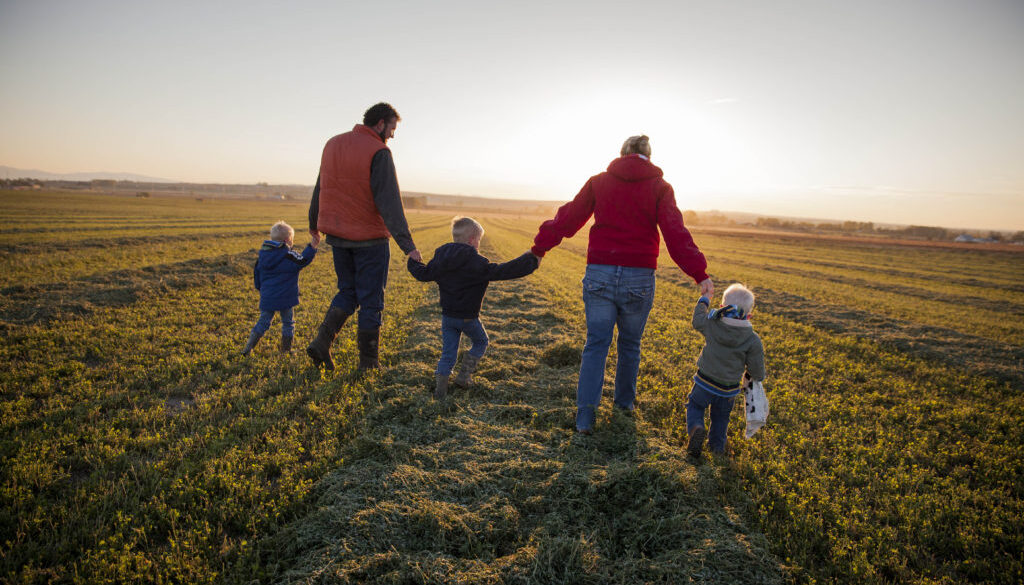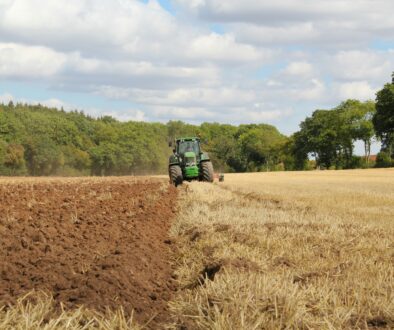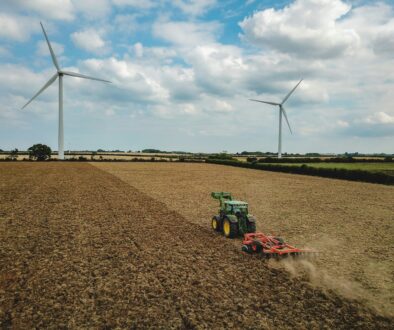Succession Planning for Farmers
With farmland being valued at around £10,000 an acre, planning relaxations enabling more housing development, and the average age of farmers approaching 60, it is clear that succession planning should be a priority for all farming families – the emphasis being on “families”: this should not be a decision taken by the older generation alone, but a realistic outcome worked through in discussions involving the whole family. Aspirations and expectations may often need to be managed, particularly where there may be younger members of the family who have left the farm and pursued other careers. Transparency and openness at this stage can help to minimise the risk of acrimonious, costly and damaging disputes later.
Inheritance Tax Reliefs
Tax considerations are important, but should complement the family dynamic, and never “strait-jacket” the overall objective. The farming community are generally aware of the Business and Agricultural Property Reliefs (BPR and APR) against Inheritance Tax (IHT) but often overlook the subtleties. APR at 100% gives relief for the basic agricultural value of the land only – any development value remains potentially chargeable and HMRC regard some of the value of the farmhouse as “personal” and so ineligible for APR. Their rule of thumb suggests 30% as a starting point. A business interest (including a partnership share) attracts BPR at 100%. However if land is held personally, but is merely used for a partnership business, the rate of relief drops to 50%. The interaction between APR and BPR is complex.
Partnership property
The “holy grail” for maximum BPR relief, to include potential development value, is for all the farmland to be held as partnership property. This requires title to the land to be registered in the partners’ names, a comprehensive partnership agreement defining the land as partnership property, and the partnership accounts drawn up to reflect the position accurately. Unfortunately, it is rare to see all three matters comprehensively dealt with. Time and effort spent now to achieve this could save many thousands of pounds of IHT in the future – and might even save the farm from having to be sold to meet HMRC demands.
Land Capital Accounts
A recent development has been to have separate Land Capital Accounts (LCAs) documented in the partnership agreement and in the annual accounts. In essence, the land is held as partnership property (attracting the full 100% BPR), but its value is credited to the LCAs of certain partners (in many cases, the senior generation). Wills drawn up to complement this structure can ensure that the LCA passes on death to the chosen successor. To achieve this result it is imperative that the expertise of the family’s accountant, solicitor and agricultural advisor is combined. All documentation should be reviewed with meticulous attention to detail.
For further information please contact John Stockdale TEP or Karen Hyde TEP.
This article is not intended to be comprehensive or to provide specific legal advice. It should not be relied upon in the absence of specific advice given in relation to particular circumstances.




